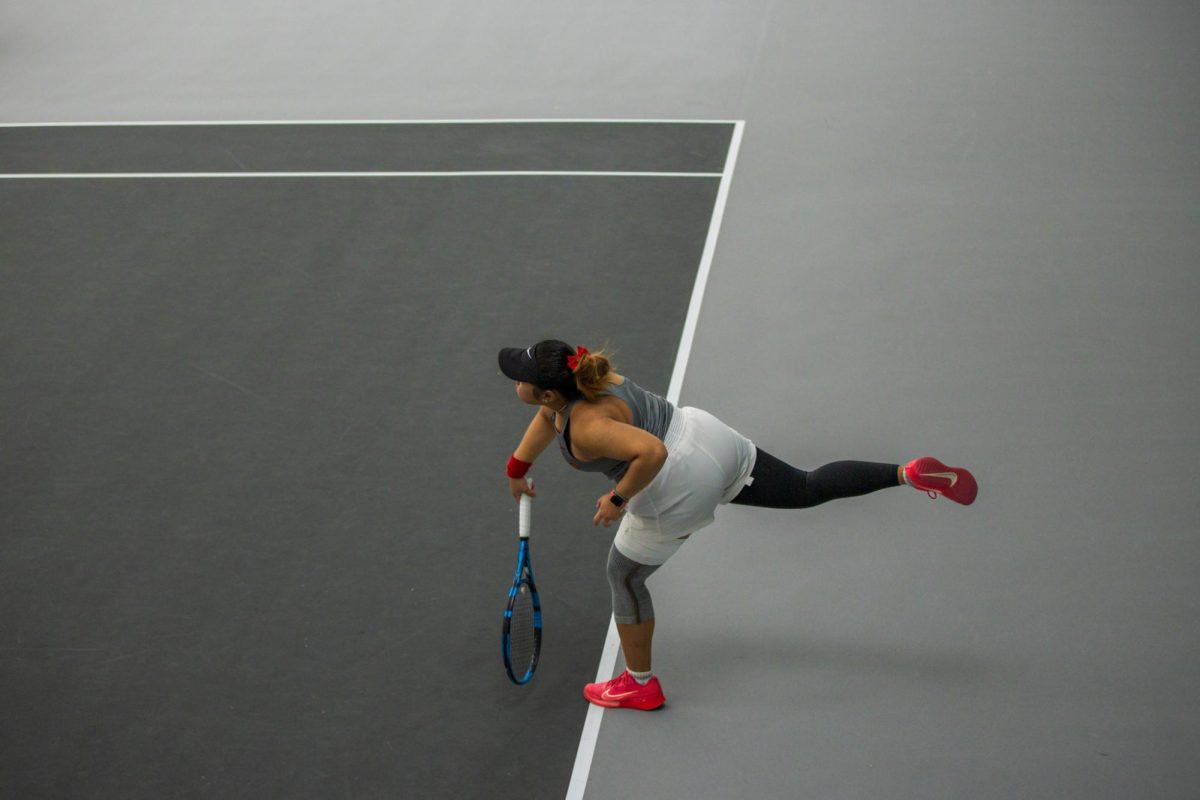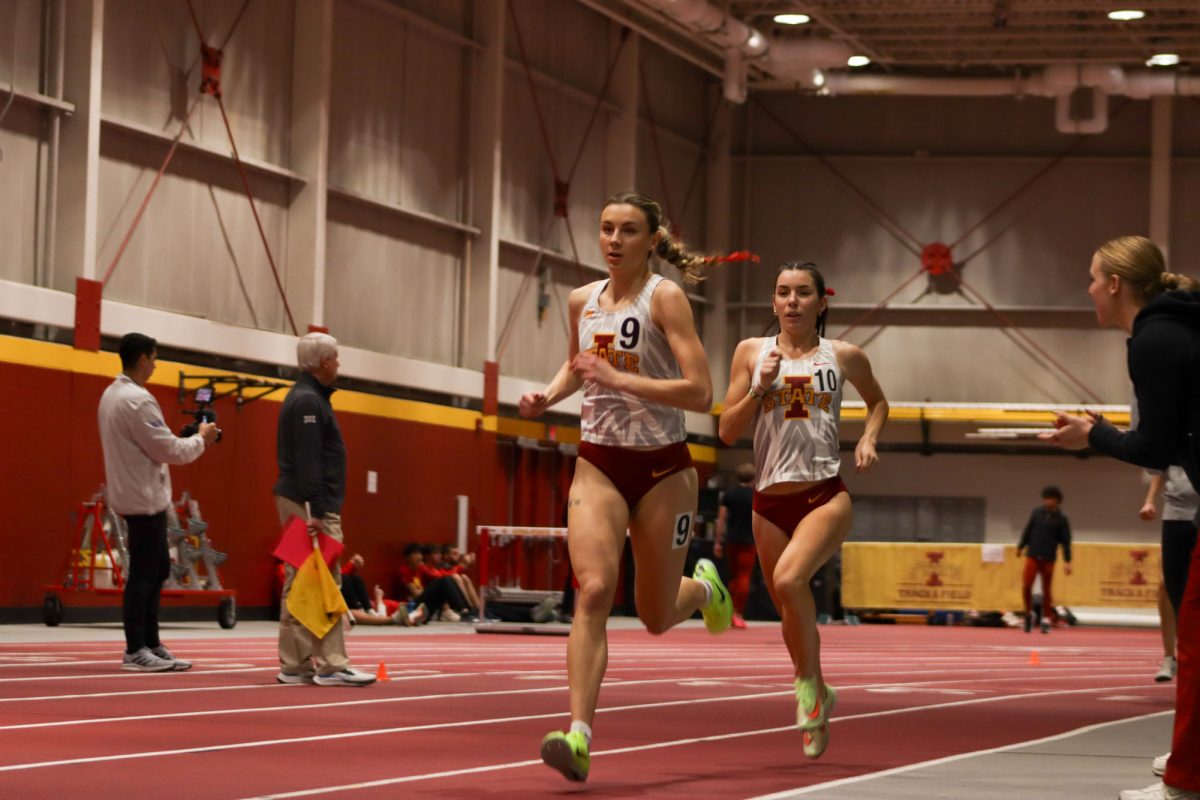Share justice to share peace
September 15, 2010
I.
Wouldn’t it be wonderful if we could involve as many as watch the Fourth of July parade or attend an ISU athletic event in an effort to make Ames one community — a community where all would have fair and adequate employment, safe affordable housing and be able to provide their own food and other necessities? Let’s make Ames No. 1 on the 100 Best Places to Live in America for all in our community. You may think I am a dreamer. Maybe I am. But there are already big steps in that direction.
Many youth in our community are setting examples as they work in community gardens; interact across race, ethnicities and backgrounds in music; debate; sports and volunteer groups; swing hammers for Habitat for Humanity; raise money to go to Uganda to build a girls’ school; volunteer at care centers food pantries, the hospital and the library; participate in faith-based work groups in other locations; work at Food at First; and make decisions for Story County Youth Philanthropists. All these further peace and justice.
Youth gravitate to risks and challenges. Video games, extreme sports and military service present risks and challenges. Stepping out in support of clean energy initiatives, working on behalf of those who are treated unjustly, educating for peace whether here in Ames or Uganda or Washington, D.C., is also a risky endeavor. Working and speaking for peace with justice doesn’t require legislation, outrageous sums of money or free hand-outs, but rather personal involvement.
Let’s challenge our youth to bring along one or two adults, maybe some Gen Xers, Baby Boomers, internationals, members of “The Greatest Generation.” Youth, challenge us to “see each other” as one community where perceived barriers of race, class, background, age fall away. Show us the way. That would be a giant step toward building peace with justice.
II.
A key element in this process is developing awareness. When crises arise, we must willingly sit down and build an understanding together through sharing our points of view. Only after sharing and listening can we accurately assess the injustices of the world to create a plan of action to cultivate peace. I have seen this formula work to solve local problems in Tororo, Uganda.
In a community where men are accepted as leaders while women are to stay at home, there is a school working to bridge the gap between gender roles. Young women in Tororo work cooperatively with the faculty at the Tororo Parents’ Girls’ Secondary to fully understand this injustice. By listening to what everyone has to offer, the community moves toward peace.
In group efforts to accept and to create understanding, in order to formulate a plan of action to correct unjust situations, together we attain peace.






